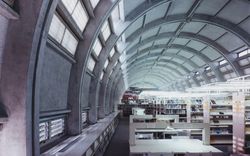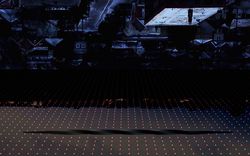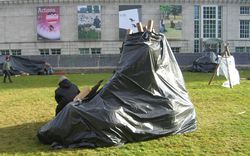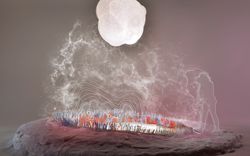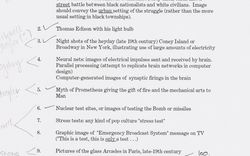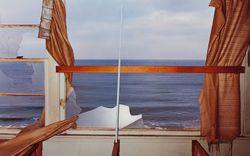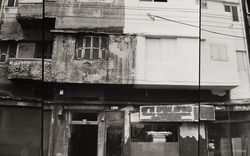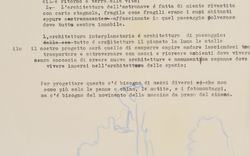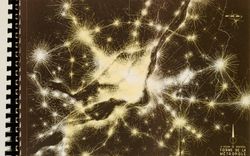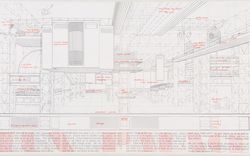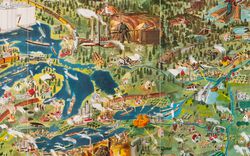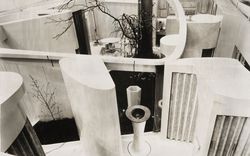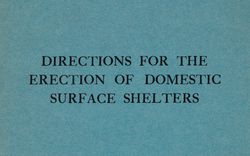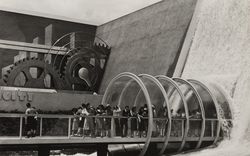2011: StackView / ShelfLife
An interview with Jeff Goldenson and David Weinberger
Cerys Wilson wrote to Jeff Goldenson and David Weinberger of the Harvard Library Innovation Laboratory, where they explore the future of libraries in the digital age. They discuss the recent development and potential impact of the StackView and ShelfLife library search applications.
- CW
- StackView and ShelfLife programs aim to promote and enhance research through “structured serendipity.” How might the digital and physical architectures of libraries coexist in future library design?
- JG
- When I search for things on Google, I often feel like I’m diving down a tunnel. With each search, I can only move in, not across. That being said, using Street View, I’ll find myself walking down a street looking for an actual sign of a place whose name I don’t remember. The application helps me find what I don’t know by letting me zero in on what I want from another direction. It lets me see things in context. Libraries allow for the near miss. With the library call number system, I don’t get trapped in so many tunnels. I can move laterally based on catalogers’ metadata.
Books express themselves in different ways. Designing for serendipity is obviously hard but StackView tries to give users some of the “scanning information” that they would get if they were in real library stacks. For me, it’s the wear and tear of the book jacket, the art, or the font on the spine the information not in the data, that’s crucial for browsing. With StackView we can’t see these things, but there is other information that we can, such as dimensions and page count. In the real library, if I’m in the NA2500s (architecture), a tall thin book is probably some sort of monograph, while a short stout one says theory. With StackView, we make decisions based on this data point and go one step further by illuminating the history of volumes. We tie book color to how a community has used a book, how many times it has been checked out, and how many times it has been put on hold or recalled.
StackView is as much an information graphic as it is an interface. An important question to ask is how hard should we try to represent reality? How much further can we go in this abstracted representation route? This issue of skeuomorphism, of how we draw things on screen to look like their real-world counterparts, is slippery. At what point does graphically representing the books as books become too cute? I’m not sure. If our goal is serendipity, I don’t think much further. - DW
- Harvard has seventy-three libraries. If StackView is about showing items in context, then ShelfLife assumes that books always exist in context. From the beginning ShelfLife was designed to integrate items and to show a virtual shelf composed of items from across all the Harvard libraries—a shelf that doesn’t actually exist anywhere in the system. While browsing a visual representation of a shelf is easy to learn and to conceptualize, it would be silly to repeat the limitations inherent in physical arrangements. Why have to pick a single organizing principle? Instead, ShelfLife lets the user pivot on any number of facets. You can choose to see a work in a shelf composed of its call number buddies, or other works under the same classification, or items tagged the same way, or items frequently browsed together, etc. StackView enables that rapid refactoring.
The Harvard Library Innovation Lab has thought about ways in which physical space could take on some of the serendipity the digital world now makes much easier. In the Lab we’ve thought about what it would be like to go into the physical stacks with a tablet running some later version of ShelfLife. One way or another it would know where you were and show you a StackView view of the shelf you were looking at. It could show you the shelf heat mapped, it could let you explore a work you were interested in, it could show that work on a virtual shelf based on a different non–call number organization. Once we add a social layer to ShelfLife—and possibly enhance StackView to display social information—you could get whole new layers of information about the physical shelf you are looking at. Whether or not it’s ShelfLife or StackView, it seems pretty likely that augmented reality will enable the sort of structured serendipity within a physical space that we take for granted in digital spaces. Structured serendipity should be structured in ways that closely reflect the user’s interests at the time. Sometimes you want to drill down. Sometimes you want to expand out. Sometimes you want to explore similarities along one vector, and the next moment along a different one. This is the opposite of randomness. It is responsiveness. - CW
- Could StackView and ShelfLife reactivate the physical stacks of public libraries—spaces that are now inclined to provide more room for computers and socializing, often at the expense of actual books?
- JG
- Bridging the digital divide has indeed become a new and critical civic function for public libraries—spaces that, over time, become ingrained in the community psyche. I think we can definitely turn a younger library public onto the hidden cataloguing logic that goes into what book is next to another. For kids growing up with search as their dominant information discovery mechanism, retaining the identity of libraries as a browsing environment, the place where you go to discover or be guided to new things, seems like an association that libraries have the opportunity to cement. In this light, the “old” sense of libraries can help us to orient ourselves in the new by providing space for congregation and social programming, and spaces with the tools and expertise necessary to facilitate information production. With respect to reactivating the physical book stacks of community libraries, in the Harvard Library Test Kitchen we’ve recently been discussing how we might reactivate the stacks as a place you want to go to. Could they be a digitally augmented space that would allow for a more spatialized information/Internet browsing experience? The funny thing about stacks is that their ordering is driven by the Dewey or Library of Congress class system, a proxy for ordering things by subject area. What this means is that the stack maps you see at the library are knowledge mapped onto physical space. What would an Internet that is not ordered by IP address, but rather by the Dewey Decimal system look like? Perhaps we could create a walk-through multi-media/book stack environment where librarians map the Internet to the subject areas of Dewey that library users move through…
Cerys Wilson was a 2011–2012 Curatorial Intern.
